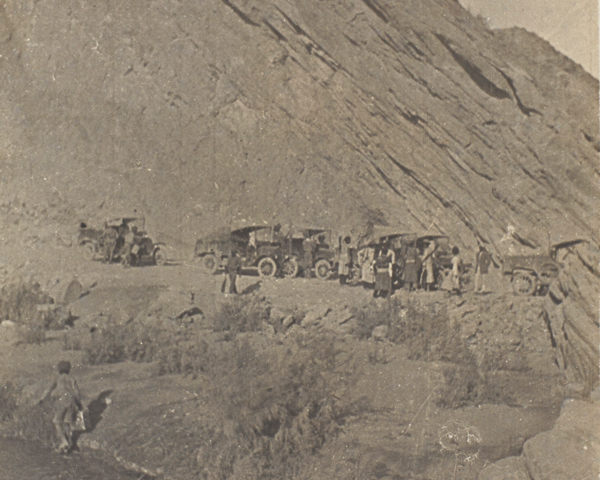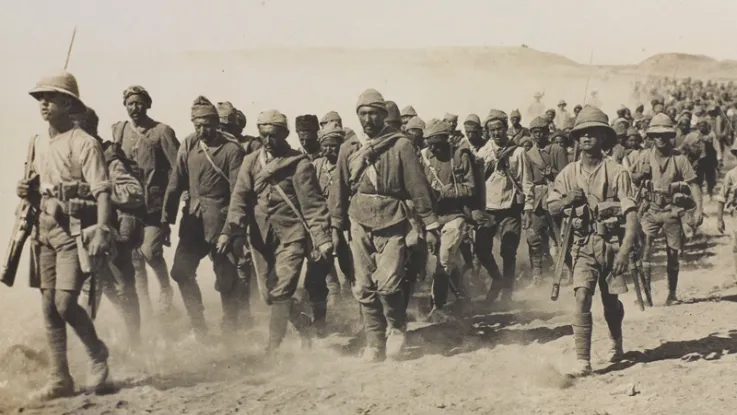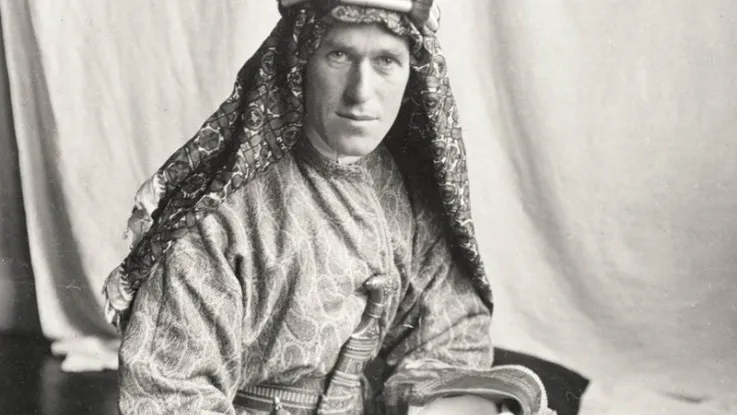Influence in Persia
Persia (now Iran) hoped to remain neutral during the First World War, but ended up being occupied by Turkish, Russian and British troops. The latter two nations were allies and had divided Persia into spheres of influence: the British in the south, the Russians in the north.
In 1916, the British were engaged against the Turks in neighbouring Mesopotamia (now Iraq), so were keen to secure their military ascendancy over the Persian Gulf trade and communication routes, and protect their Anglo-Persian oil supplies. After their defeat and humiliation at Kut (April 1916) they also needed to reassert British prestige in the region.
South Persia Rifles
When German agents and Persian nationalists started carrying out espionage and mobilising the southern tribes against the British, Brigadier-General Sir Percy Sykes was despatched to Persia. Arriving in Kerman in June, Sykes set about recruiting for the South Persia Rifles.
This unit was commanded by British officers and eventually consisted of around 8,000 Persian, Arab and Baluchi men in regular cavalry, infantry and artillery units alongside irregular tribal levies. It also included an attached force of 600 Indian Army sepoys.
British control
In theory, the Rifles were supposed to serve the interests of both the British and the neutral, but weak, Persian government. In reality, the British held control.
There were, however, continuous debates on the British side as to whether Sykes’s mission was controlled by the Indian government or the Foreign Office, and whether he was undertaking a purely political mission or a military one.
Sykes’s mission
After establishing his headquarters at Shiraz, Sykes set about restoring order in the south. He paid subsidies to tribes who remained loyal, and rounded up enemy agents and their Persian allies.
The Rifles’ first action was at Bocaqci on 28 September 1916, where it defeated tribesmen who were being assisted by 25 escaped German prisoners. For the next two years, it was involved in many similar incidents.
Tribal warfare
When hostile tribes, enemy agents and bandits attacked its posts and the villages of allied tribes and officials, the Rifles responded with force, rescuing hostages or retrieving stolen goods and cattle. Much time was also spent guarding and improving roads and the lines of communication to the Persian Gulf coast.
This was a type of warfare familiar to the Rifles’ British officers who had served on India’s unruly North West Frontier.
Mutiny
The force proved somewhat unreliable, and its existence increased the hostility of local tribal leaders, who saw it as a potential threat to their interests and independence.
In the summer of 1918, several tribes attacked Shiraz. A large proportion of the Rifles deserted, refusing to fight people from their own localities. Sykes and the British mission had to rely on their small Indian escort for protection.
One of the most serious incidents occurred at Abadeh, where the Rifles garrison mutinied, influenced by nationalist agitators. Eventually, loyal troops and Indian Army reinforcements put down the rising, but not before bribes had been paid to several tribal leaders to end their support for it.
News of the Allied military successes elsewhere also weakened the resolve of most anti-British elements. Several ringleaders of the mutiny in the Rifles were executed. But this only served to further inflame anti-British sentiment.
Disbandment
The Rifles were finally disbanded in July 1921 by a new Persian government keen to assert its independence. The British were also reluctant to continue paying for the force.
They had spent the previous two years campaigning with some success against the robber bands in Fars and Isfahan provinces. While its British and Indian members returned home, many Persian veterans joined the newly formed Persian Army.
















